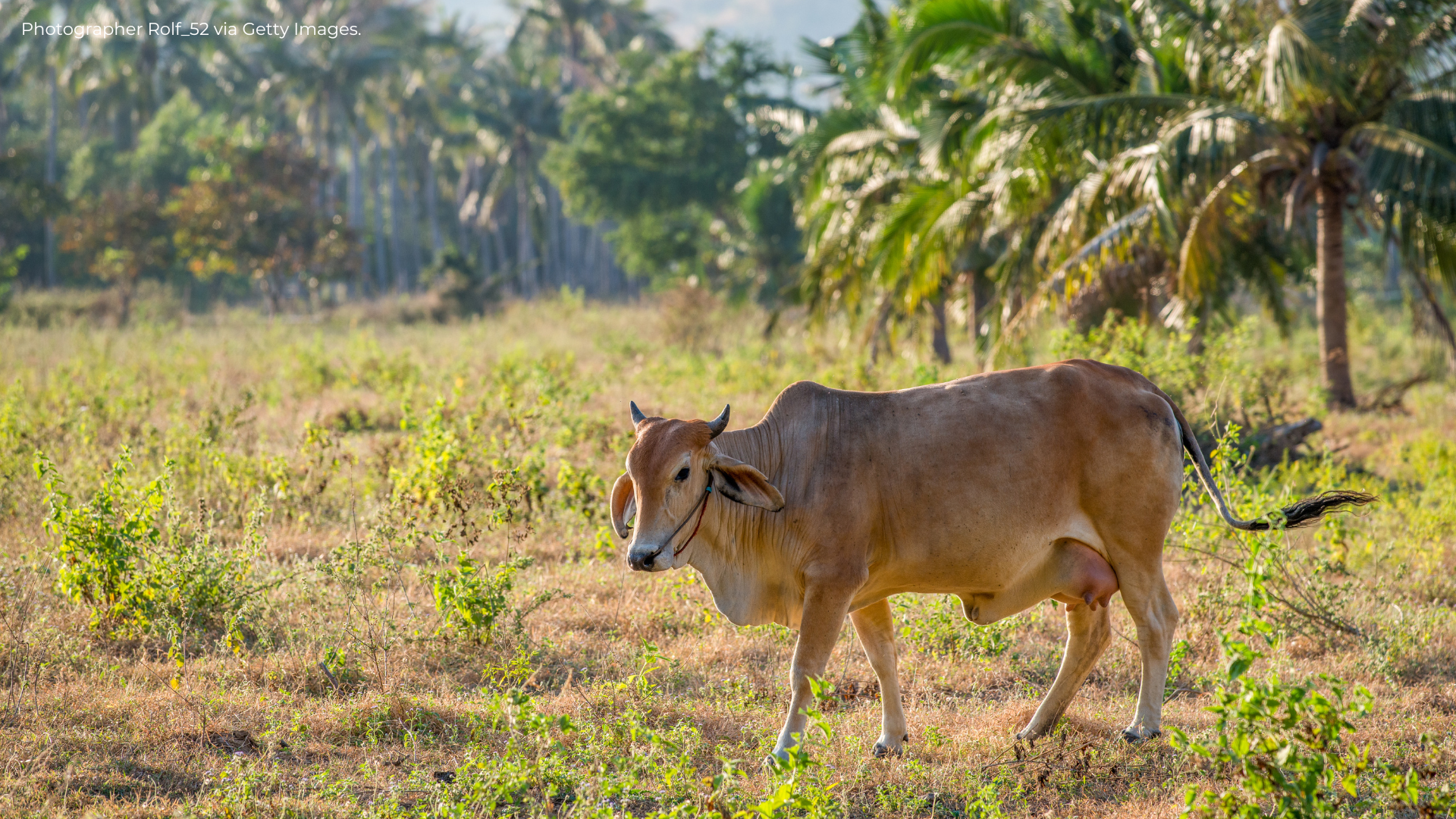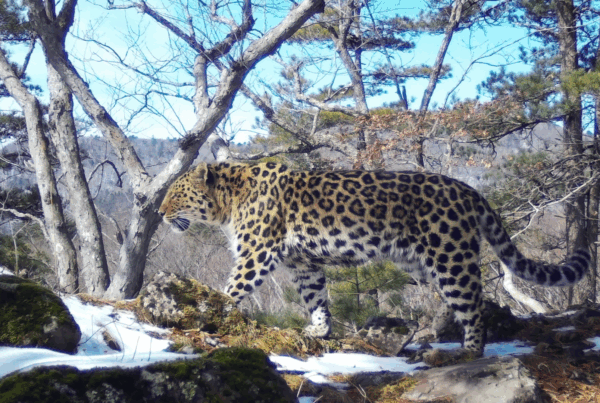- Weak enforcement allows outside investors to hire villagers as cattle grazers, letting cattle roam freely in protected areas, undermining conservation.
- Cattle grazing harms tiger habitats through resource competition, habitat degradation, disease spread, human-wildlife conflict, and ecological imbalance.
- Despite initial reductions, cattle numbers are rising again. Villagers suggest relocating cattle, introducing corrals, creating grass plots, and supporting auctions with compensation.
How Are Cows Endangering Thailand’s Tigers?
Cattle grazing is permitted in designated community areas not protected areas, but villagers have observed lax enforcement of this regulation. Outside investors have exploited this by hiring villagers as paid cattle grazers and allowing cattle to roam freely in protected areas, thereby reducing their financial costs.
Cattle grazing in tiger-protected areas undermines conservation efforts and poses significant risks to both the environment and the tiger populations. Here are the key reasons why cattle in these areas are detrimental:
- Competition for Resources:
Cattle compete with wild herbivores for food and water. This competition can lead to a decline in the populations of native prey species such as deer and wild boar, which are essential for tiger survival. - Habitat Degradation:
Cattle grazing can degrade the habitat by trampling vegetation, compacting soil, and contributing to overgrazing. This can result in the loss of native plants and the disruption of the natural ecosystem, making it less suitable for wildlife. - Disease Transmission:
Diseases such as bovine tuberculosis, foot-and-mouth disease and Lumpy Skin Disease can spread from cattle to wild ungulates, which can then affect predator populations, including tigers. - Human-Wildlife Conflict:
Tigers may prey on cattle, leading to retaliatory killings of tigers by farmers seeking to protect their livestock. This can significantly impact tiger populations, particularly in areas where they are already vulnerable. - Disruption of Natural Behaviors:
Tigers might alter their hunting patterns, movement, and habitat use to avoid areas frequented by cattle and humans, which can affect their health and breeding success. - Illegal Activities:
The movement of people associated with cattle grazing can provide cover for poachers and increase the risk of illegal hunting of tigers and their prey. - Ecological Imbalance:
Cattle can alter the ecological balance by favouring certain plant species over others. This can lead to changes in plant community composition and structure, which can have cascading effects on the entire ecosystem, affecting a wide range of species beyond just tigers and their prey.

Reducing Domestic Stock Grazing in Khao Laem National Park
A 2022 estimate indicated 6-8,000 cattle in Khao Laem, which temporarily decreased to 4-600. According to community leaders, this reduction was due to grazers selling their cattle at a loss, fearing confiscation by authorities after convicted poachers claimed they killed the tigers in retaliation for cattle predation.
However, the number of cattle has increased again as selling cattle from this region is fraught with challenges. Disease concerns, high transport costs, and the need to move cattle on barges across the reservoir all contribute to the issue. As a result, farmers are reluctant to sell, and the cattle population continues to grow, as evidenced by wildlife survey cameras capturing numerous young cattle within the free-roaming herds.
In May 2023, our implementing partners conducted a comprehensive survey of domestic stock in Khao Laem over three weeks, interviewing 306 livestock owners. These graziers collectively manage 6,061 cattle and 1,732 water buffalo. Despite orders to remove the cattle, compliance has been minimal, likely due to the sheer number of animals and the logistical challenges of enforcement. During discussions with a community in West Khao Laem, villagers indicated a willingness to reduce their cattle numbers if alternative and sustainable livelihoods were provided. The following solutions were raised during these discussions:
- Relocating cattle from deep forests to areas near villages and fencing community areas (requiring support for extensive fencing).
- Introducing corrals for livestock, feeding processed animal feed, and providing veterinary inspections to increase cattle value.
- Promoting community participation activities, such as creating grass plots in community areas.
- Reducing the livestock population in the park through supported auctions and compensation.






